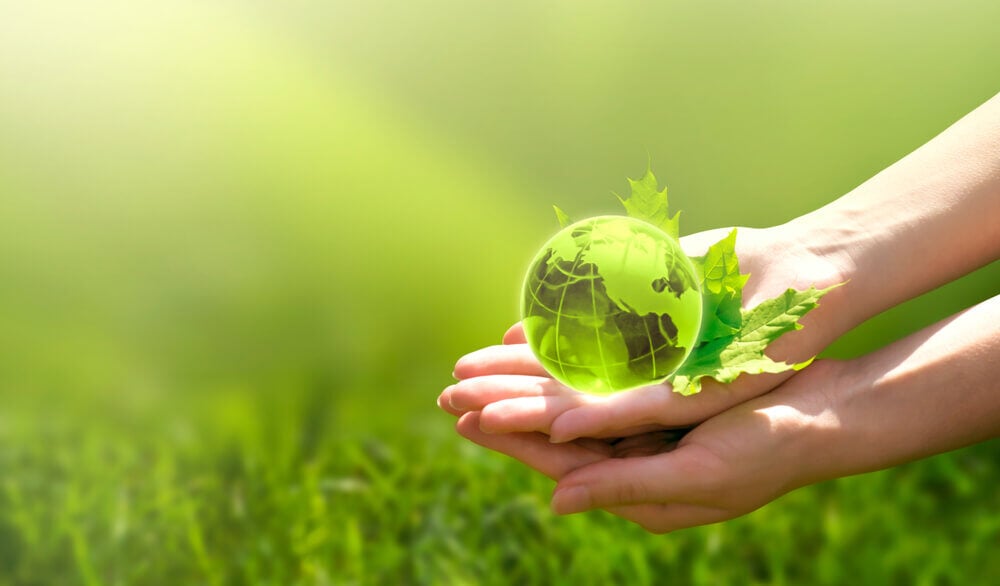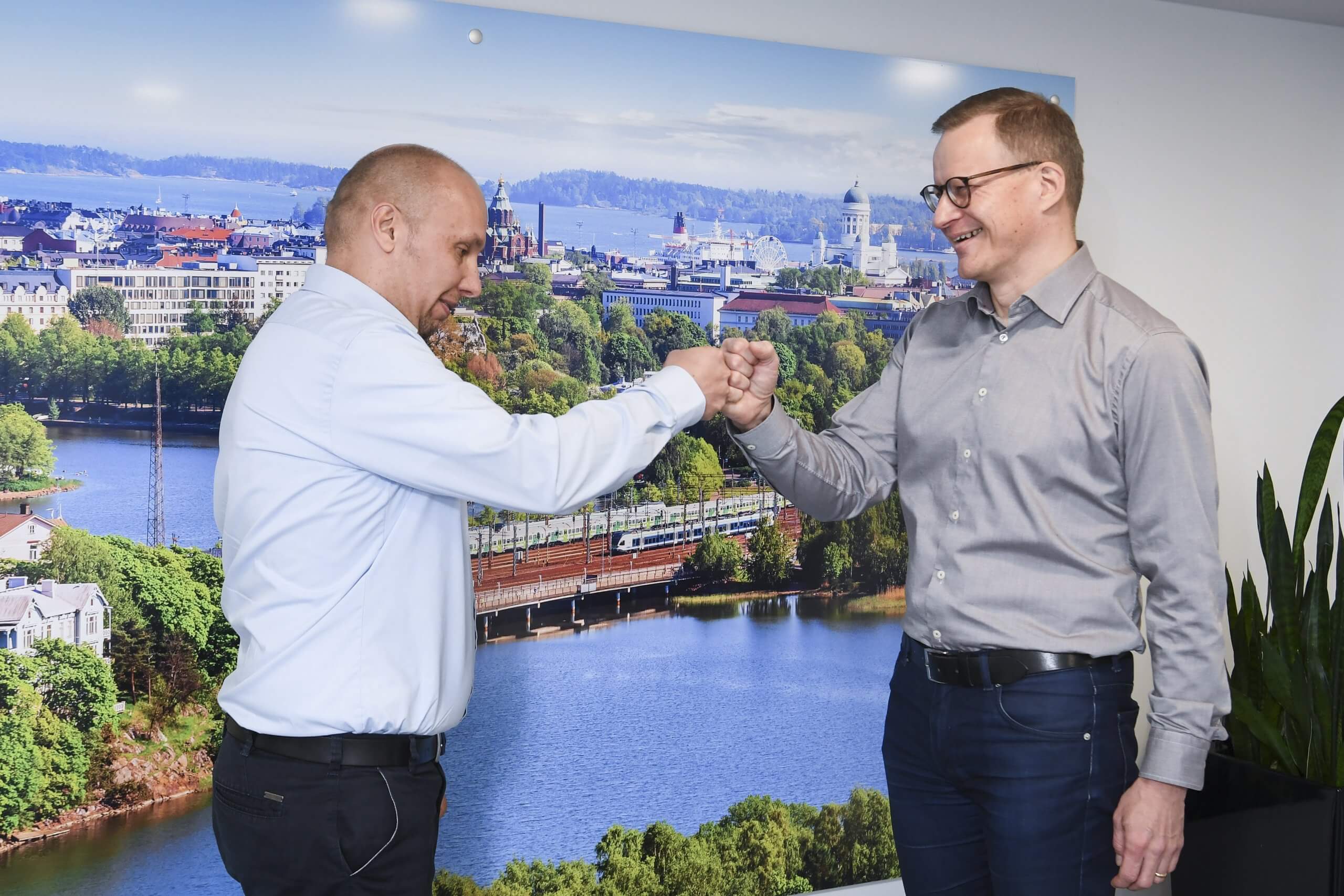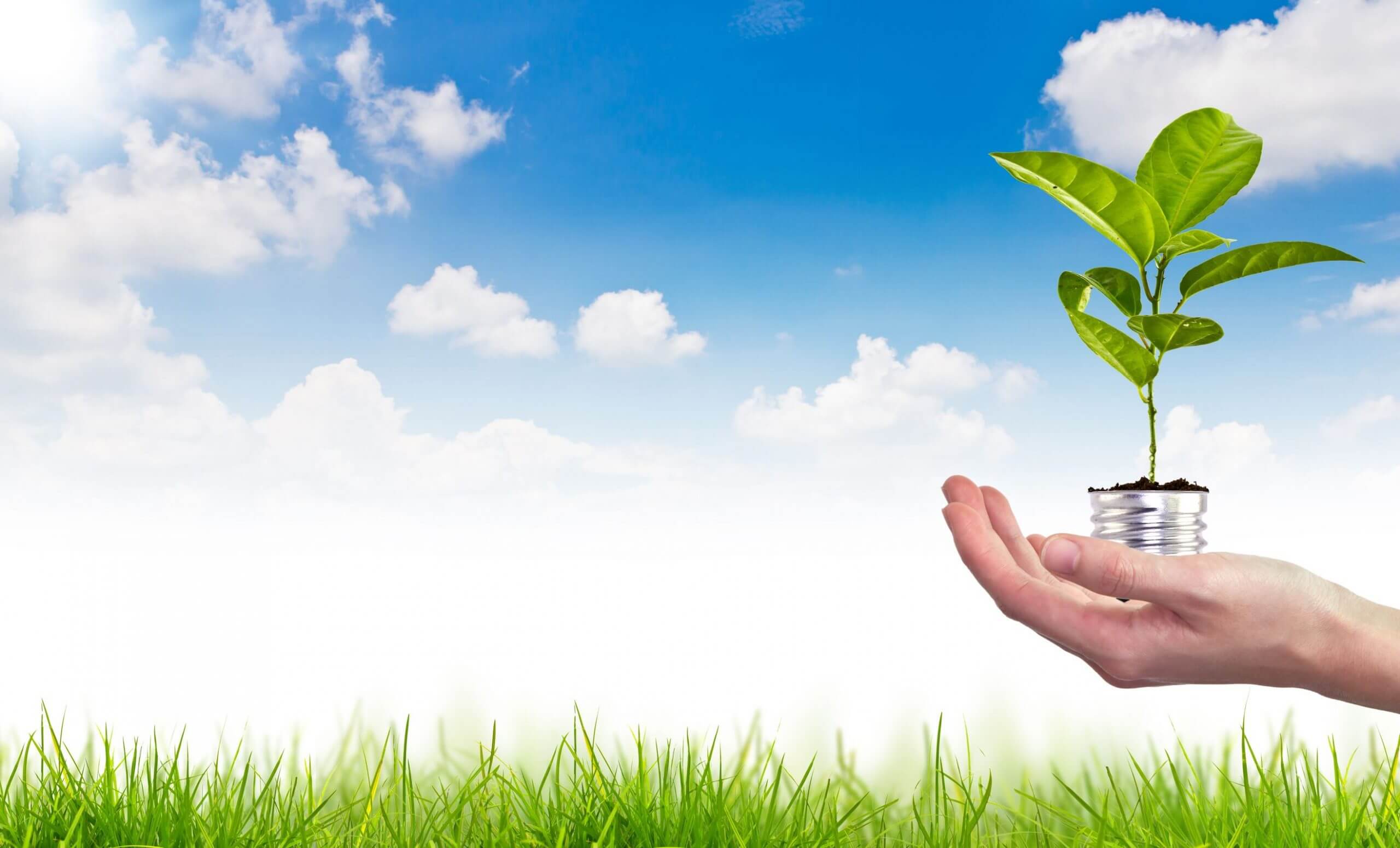The carbon handprint has gained popularity in recent years as an environmental indicator for evaluating the positive climate impacts of products and services. Contrary to the carbon footprint that measures current negative impacts from emissions, the handprint emphasises positive future environmental impacts.
For example, a positive carbon handprint is created when a solution reduces a customer’s emissions. The purpose of the carbon handprint is to analyse the full life cycle of a product or service, including production, emissions during use, disposal, and so on. In other words, just reducing the carbon footprint of our own operations is not sufficient to grow our carbon handprint.
We can only mitigate the effects of climate change if we can achieve a greater carbon handprint compared to the carbon footprint.
Calculations based on an international standard
Carbon handprint calculations involve multiple layers and are based on the internationally standardised Greenhouse Gas (GHG) Protocol. Based on the above, three different categories were used to calculate the emissions of Sarlin.
- “Scope 1” includes the direct emissions of a company’s operations such as those of its own energy production, properties and vehicles.
- “Scope 2” includes indirect emissions produced by purchased energy (electricity, heating and cooling).
- "Scope 3” includes all other indirect emissions produced as a result of the organisation’s activities such as business trips, logistics and waste management.
In addition to the GHG Protocol, quality standards and certificates relevant for Sarlin's operations were used for the calculations, as well as emission factors specified by the Finnish Environmental Institute and Motiva, a state-owned sustainable development company. Among other things, our emissions were evaluated and verified by using subcontractor reporting services.




/240416_2198_Photo_PasiSalminen_com.jpg)

/240416_1951_Photo_PasiSalminen_com.jpg)
